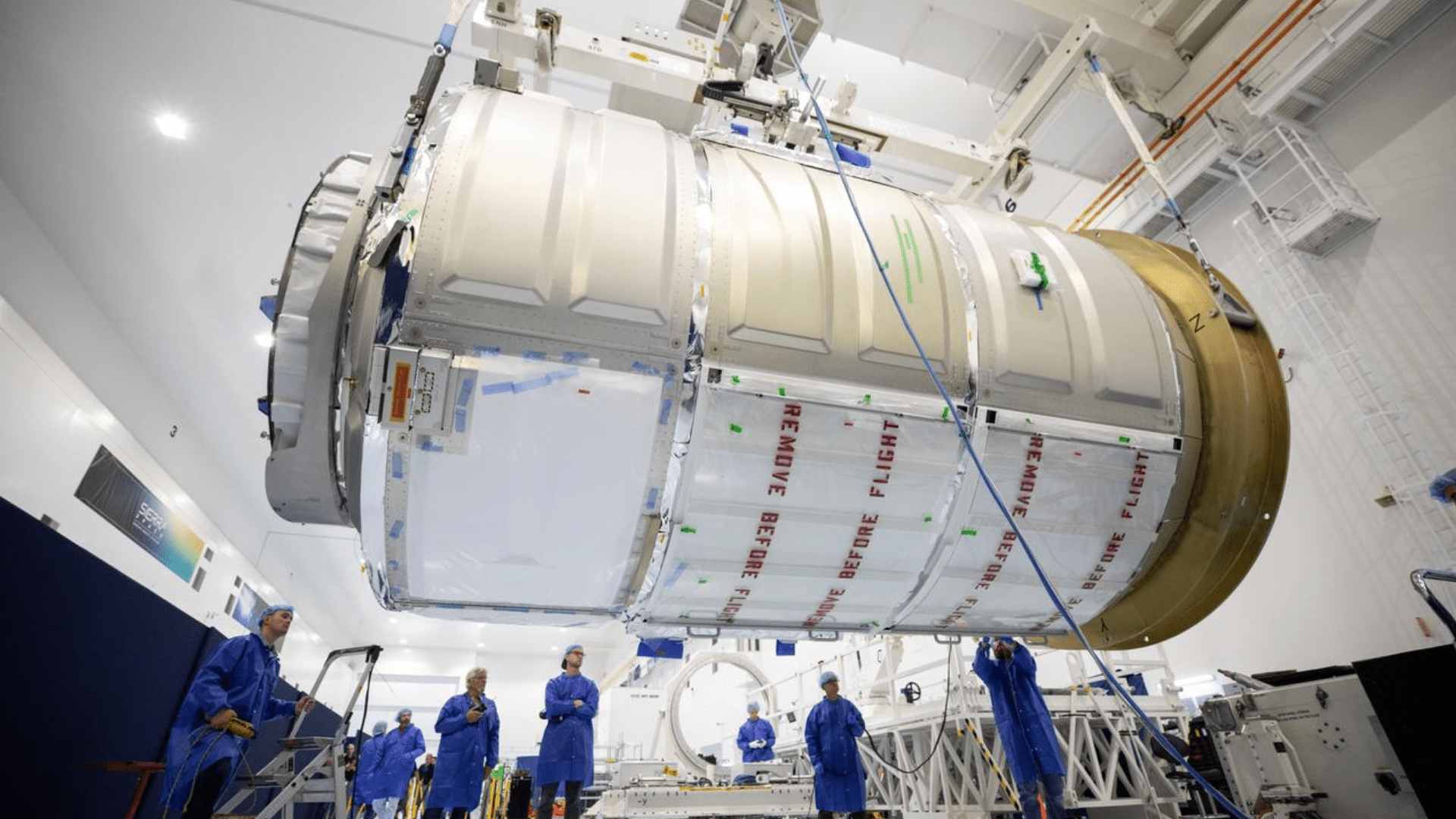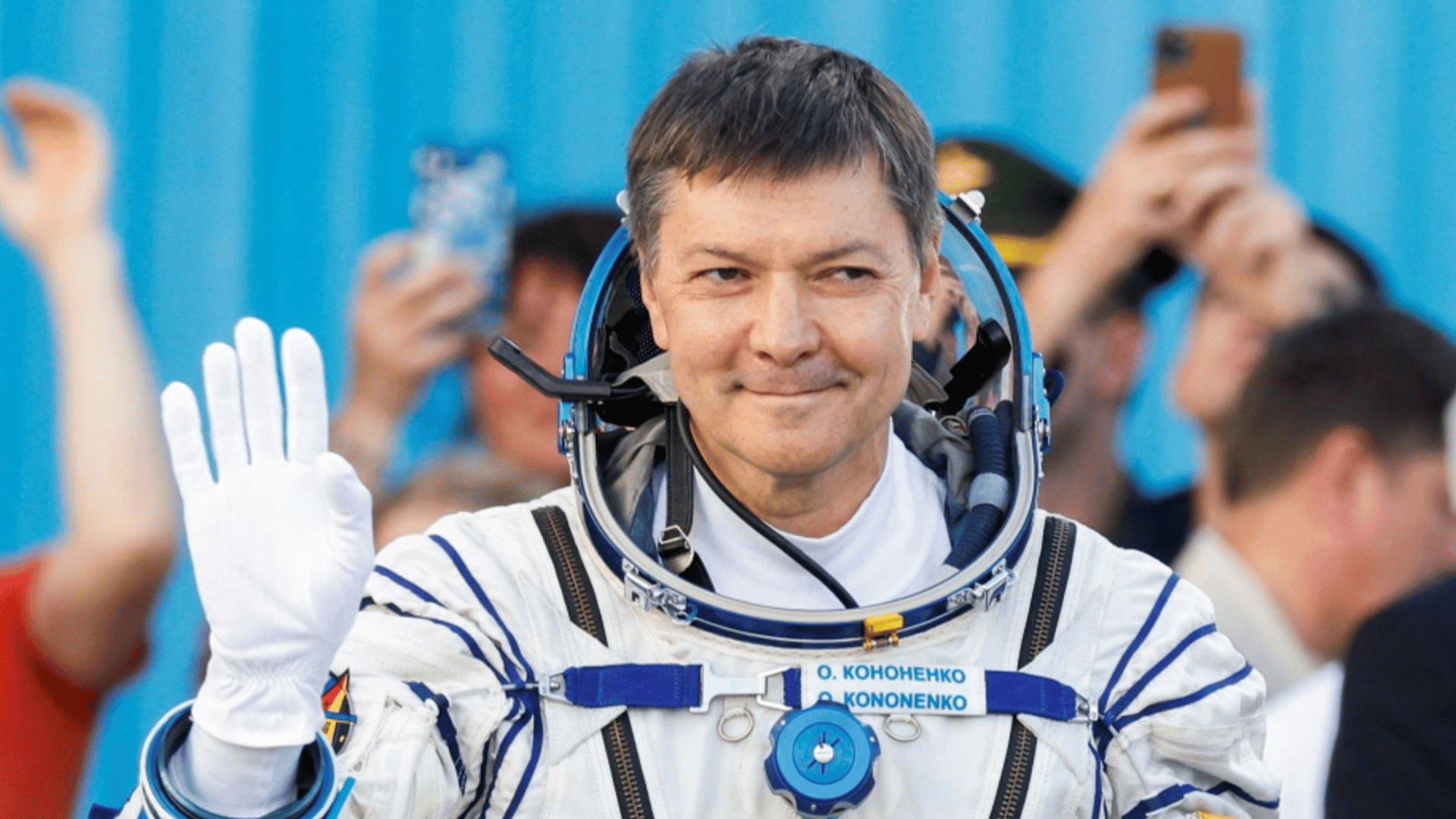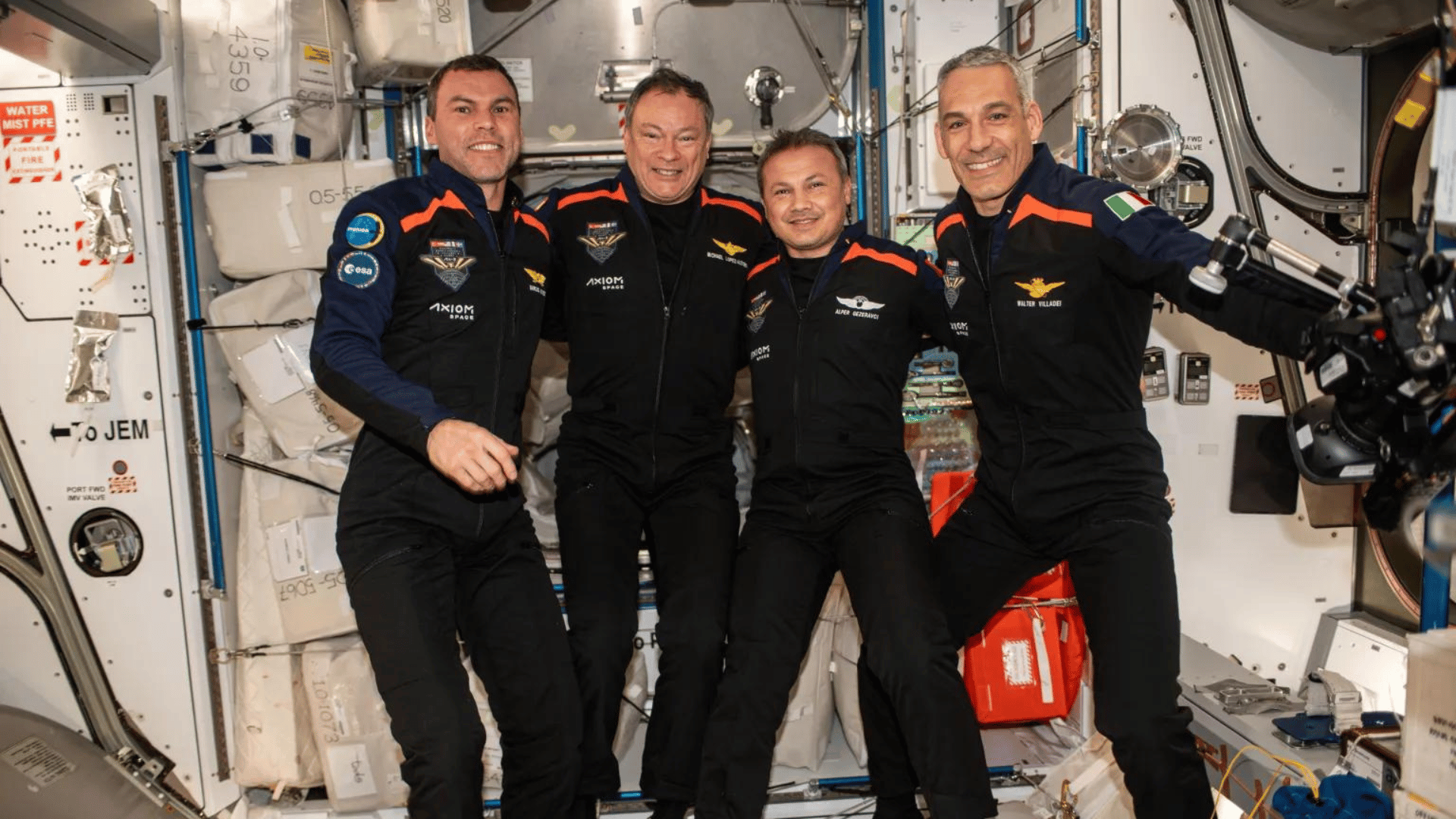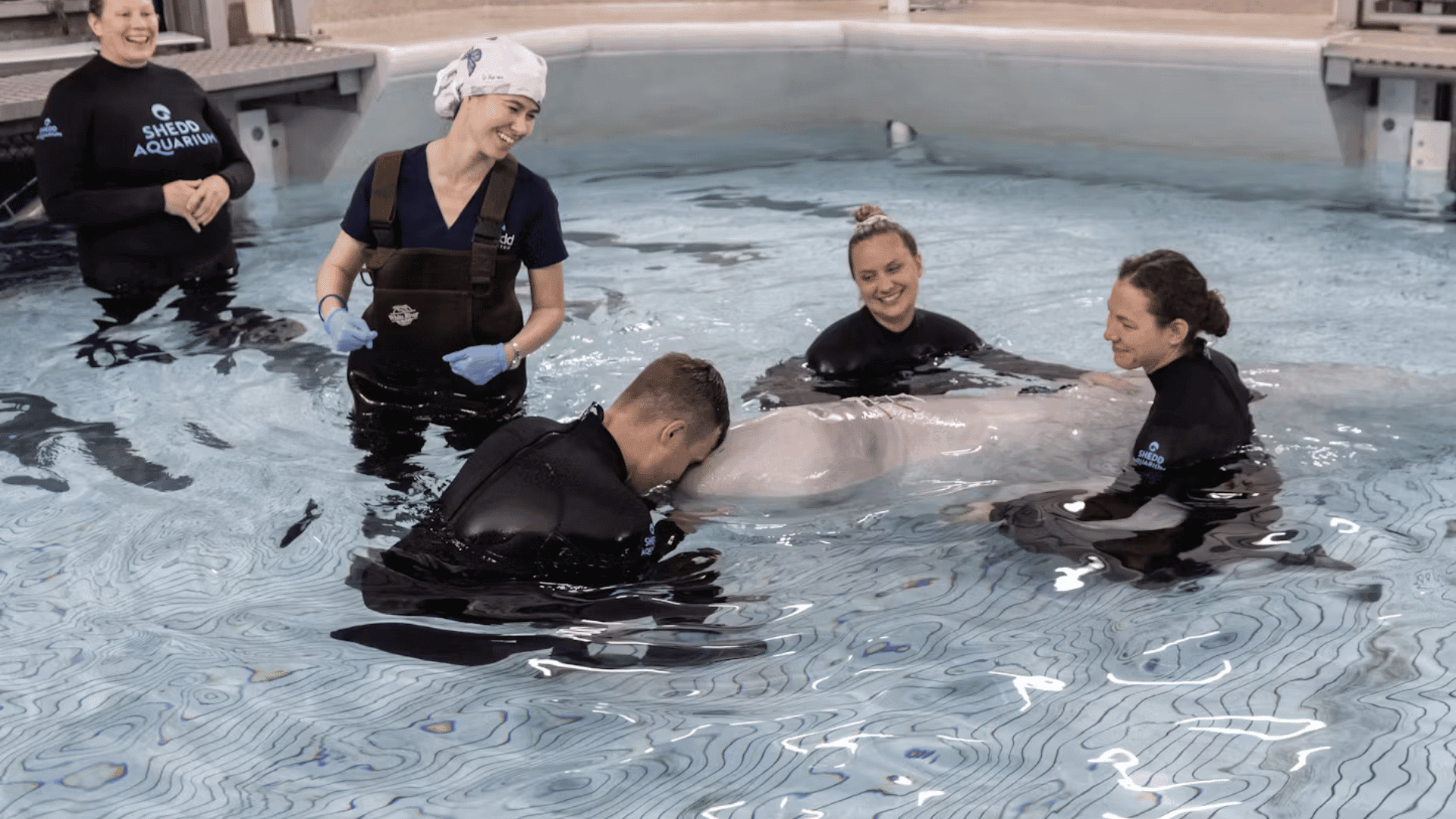An International crew of four is in orbit following a successful launch to the International Space Station. Three NASA astronauts: Matthew Dominick, Michael Barratt, Jeanette Epps, and Roscosmos cosmonaut Alexander Grebenkin are aboard the SpaceX Dragon spacecraft spacecraft.
Crew-8 Mission
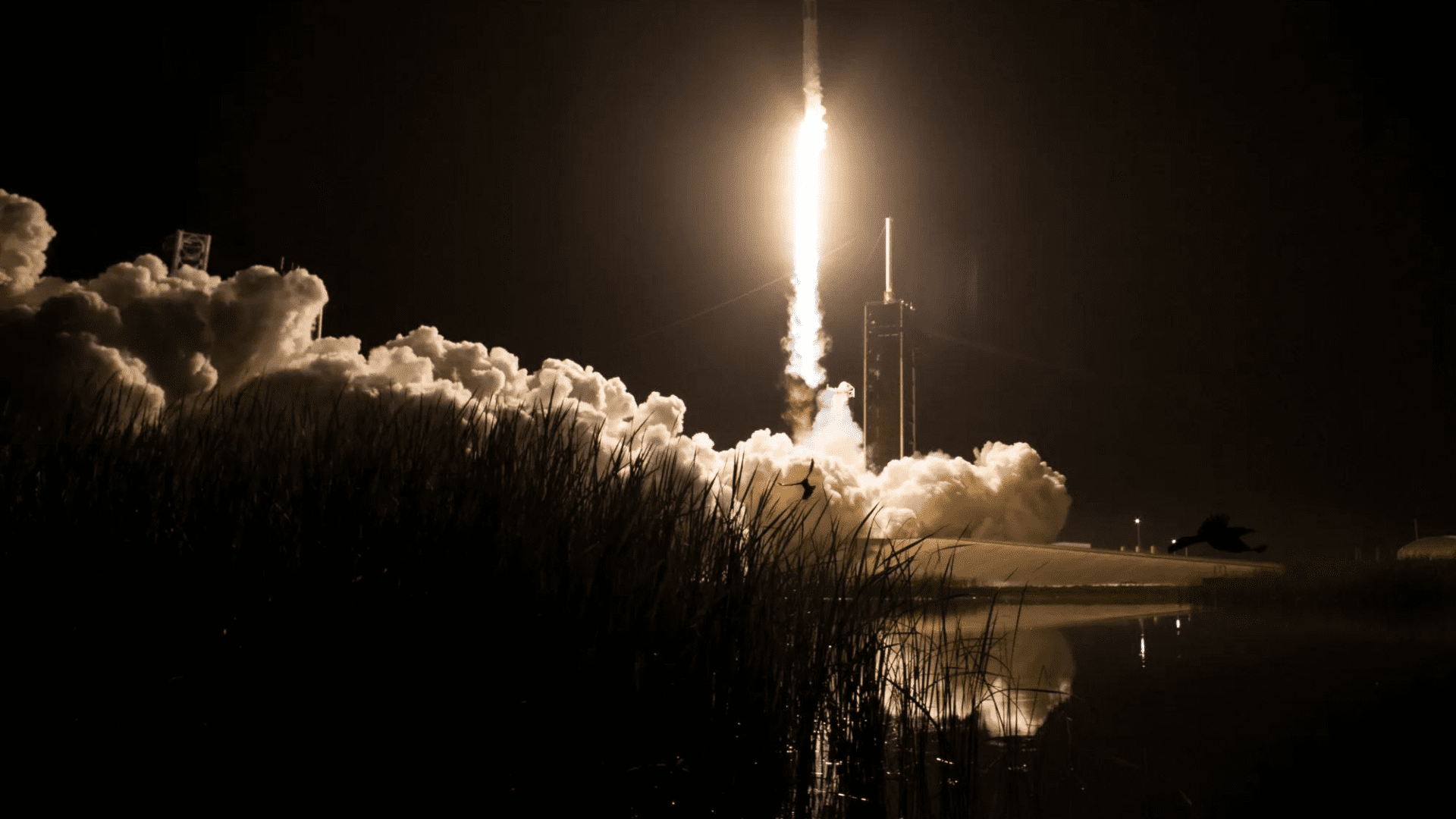
As the new crew prepares to board the International Space Station on March 5, let’s look at the plans for the science expedition. Crew-8 will join the Expedition 70 crew of NASA astronauts on the Space Station. The crews will have their hands full with experiments in the orbital station. NASA Administrator Bill Nelson said, “Aboard the station, the crew will conduct more than 200 science experiments and technology demonstrations to help fuel this new era of space exploration and benefit humanity here on Earth.”
We won’t go into all 200 of those experiments but here are a few that are worth mentioning. One of the experiments is a study of brain organoids. The purpose of this study is to investigate the effects of microgravity on human health. Astronauts seek to develop novel therapeutic interventions to counteract the consequences of long-duration human spaceflight. Additionally, results from the study could provide novel approaches to characterizing, understanding, and developing therapies for Parkinson’s disease.
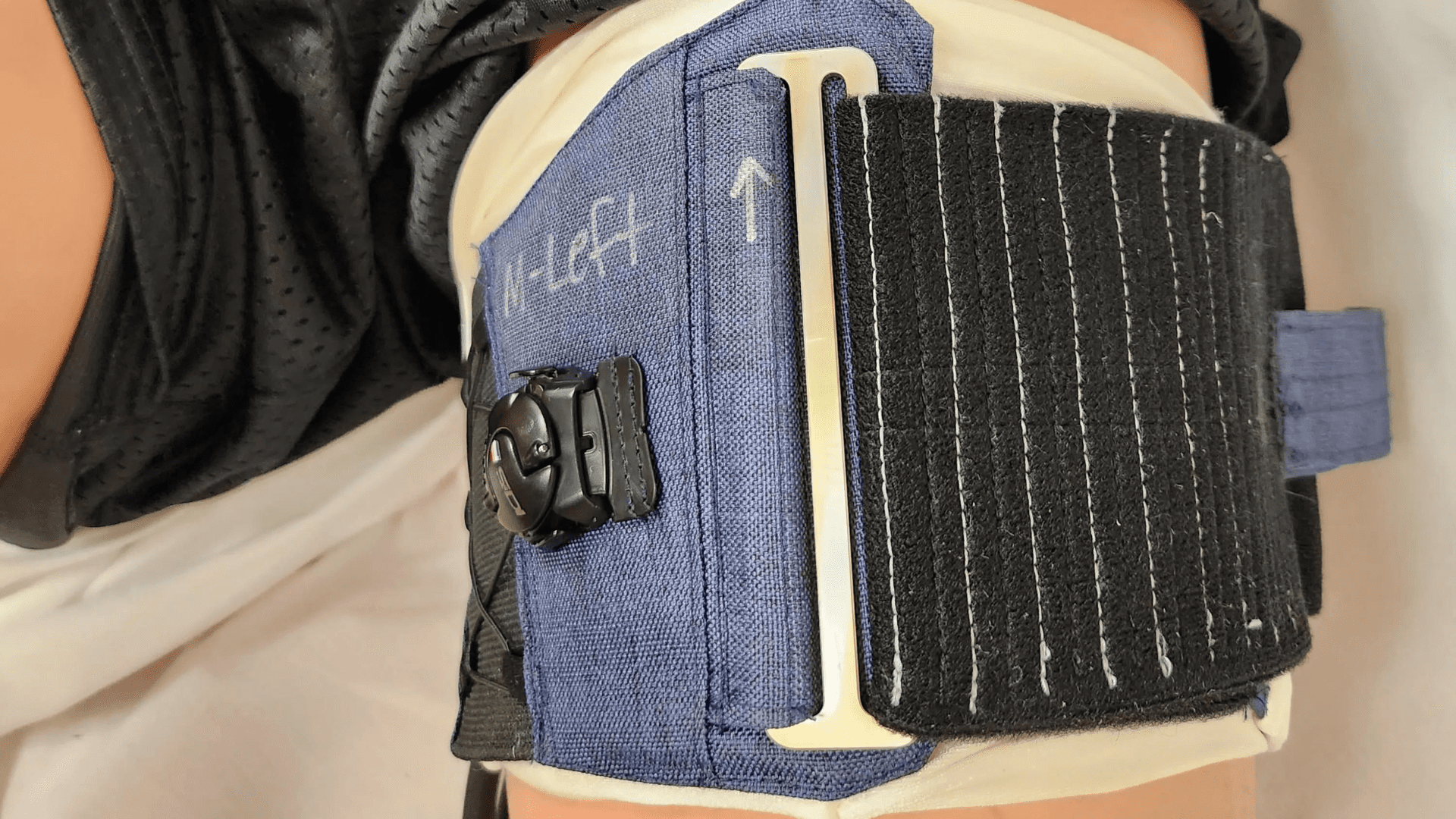 :
:
Explore Tomorrow's World from your inbox
Get the latest science, technology, and sustainability content delivered to your inbox.
I understand that by providing my email address, I agree to receive emails from Tomorrow's World Today. I understand that I may opt out of receiving such communications at any time.
Another one of the 200 experiments is a study of shifts in body fluid during spaceflight. Microgravity causes fluids in the body to move toward the head. This can cause health problems including changes in eye structure and vision. For the study, astronauts will test Veno-constrictive Thigh Cuffs during Spaceflight. They’ll determine if the thigh cuffs can reduce the increased blood in an astronaut’s head. Cutting off some of the blood flow in the thigh could alleviate some of the problems caused by fluid shifts in space.
Another experiment involves the effects of UV radiation and microgravity on plant growth. Astronauts will put plants under the stress of microgravity and extreme radiation to understand plant growth in space. Understanding the basic response from the plant could help develop plant-growing technologies in space.
NASA says the research conducted on the International Space Station “provides benefits for people on Earth and paves the way for future long-duration trips to the Moon and beyond through NASA’s Artemis missions.”
On Tuesday, March 5, the spacecraft will dock autonomously to the forward port of the station’s Harmony module.
About the Crew
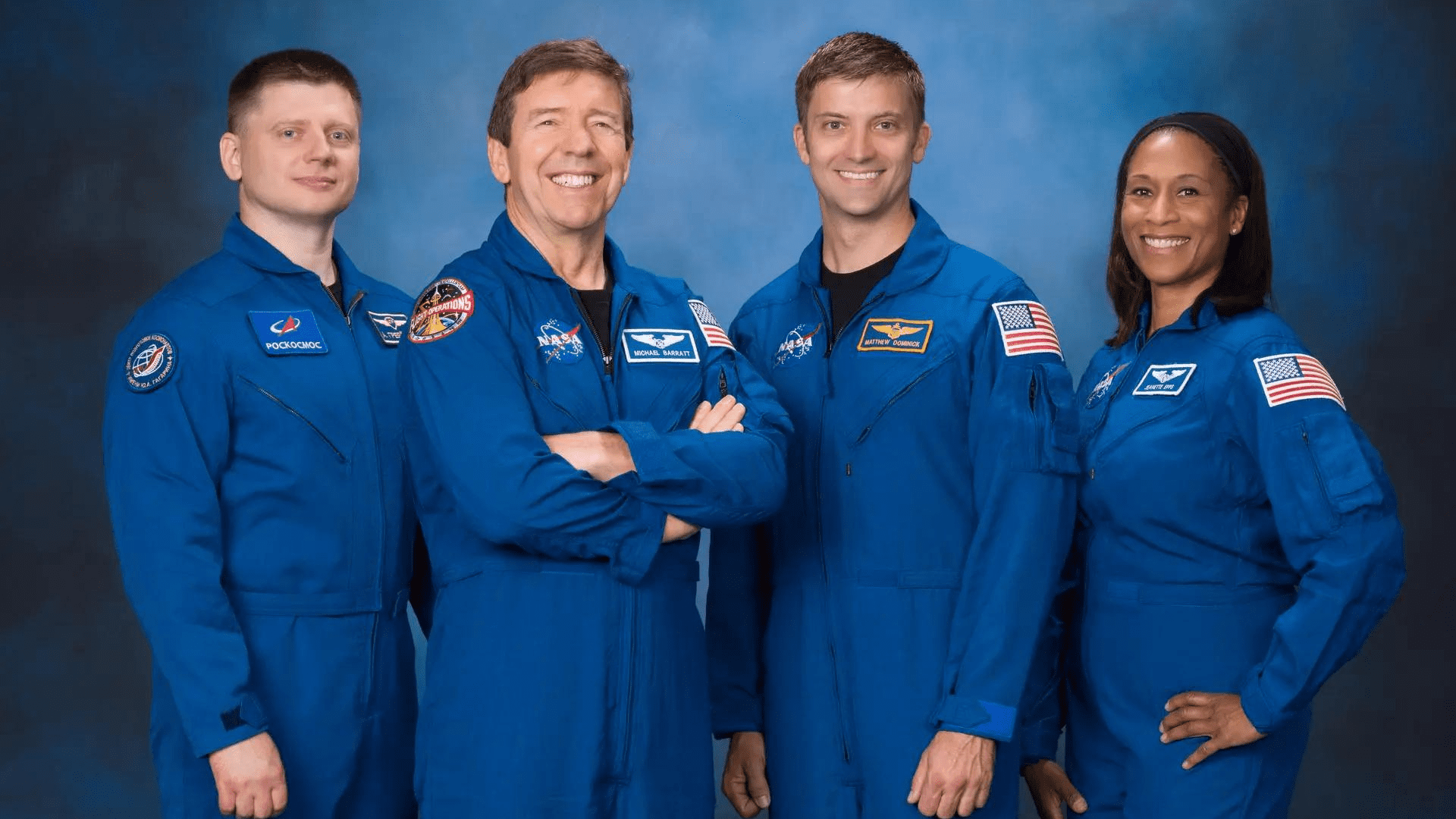
Crew-8’s Commander is Matthew Dominic and it’s his first spaceflight since his selection as an astronaut in 2017. The pilot for Crew-8 is Michael Barrat. Barrat is making his third visit to the Space Station. Barratt has spent a total of 212 days in space. Jeanette Epps is a mission specialist for Crew-8 and it’s also her first spaceflight. She’ll monitor the spacecraft during the re-entry phases. Finally, Roscosmos cosmonaut Alexander Grebenkin is on his first spaceflight.



